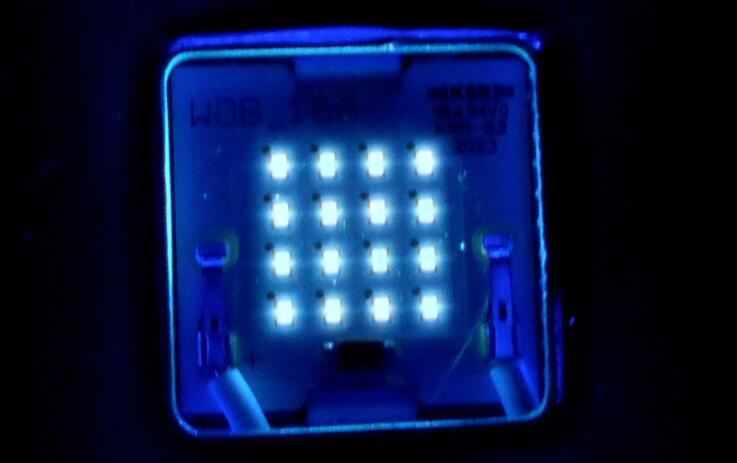Japanese UV-LED company Nitride Semiconductors has verified the inactivating effect on OC43 coronavirus (pseudo SARS-CoV-2) using three different wavelengths in the deep ultraviolet region, wavelengths 222nm, 254nm, and 275nm in collaboration with the National Hospital Organisation Sendai Medical Center Clinical Research Department Virus Center (Director Shuichi Nishimura).
The Nitride team confirmed that the deep ultraviolet wavelength (UVC) with a wavelength of 275 nm has an inactivating effect equal to or greater than that of the sterilisation light source 254 nm in a comparative test in which each deep ultraviolet wavelength is irradiated with the same amount of light energy under the same environment.
Humans have been using mercury-containing UV lamps as germicidal lamps since 1901 when German physicist Hermann Strebel discovered that UV lamps could inactivate bacteria and viruses. Since inactivation by UV lamp does not use chemicals, it has abundant achievements in the medical field as a safe and reliable inactivation method without residual substances.
In recent years, with the development of semiconductor technology, similar effects have been confirmed with deep ultraviolet light emitting diodes (hereinafter UVC-LED) with a wavelength of 300 nm or less. This research was conducted for the purpose of comparing and verifying two types of ultraviolet light with wavelengths of 222 nm and 275 nm, which have newly begun to be applied in the deep ultraviolet region, with the conventional sterilisation light source of 254 nm.
Experiment contents
As a light source for each emission wavelength, Nitride prepared an excimer lamp with a wavelength of 222 nm, a UV (low pressure mercury) lamp with a wavelength of 254 nm, and a deep ultraviolet LED with a wavelength of 275 nm.
Since the illuminance of each light source is different, in order to make the conditions the same, the scientists adjusted the length of time to irradiate the object according to the illuminance of each light source so that the amount of irradiation light energy (integrated light amount).
Results
The figure shows the change over time in the residual infectious titer of OC43 coronavirus adhering to the surface. The two blue bars in the Reference correspond to the standard values of the test conditions, and are the smear sample immediately after creation and the same sample left for 12 minutes in a safety cabinet at 22 °C 30-35 percent RH. The orange, yellow, blue, green, and grey bars of each wavelength are used in a bio-clean room maintained at 20 °C at 8-14 percent RH, after the smear sample has been completely dried according to the protocol.
The figure shows the result of irradiating the light amount of orange 0 J / m2. Yellow 7.5 J / m2, blue 15 J / m2, green 30 J / m2, gray 60 J / m2 in order from the left at a distance of 50 cm from the light source. Regarding the change over time in the residual infection rate, the shorter the bar length compared to the 0.0 J / m2 orange bar graph, the higher the inactivating effect. Notably, the 60J / m2 grey bar graph with the largest amount of illuminated light showed the shortest at 275nm, followed by a wavelength of 254nm and finally 222nm.
Compared to the wavelength of 254 nm, which has been conventionally applied as a sterilisation line wavelength, the result was that the wavelength of 275 nm has the same or better inactivating effect for 254nm on the pseudo SARS-CoV-2. This is in line with the flow of total abolition of mercury stipulated in the United Nation Environmental Plan (UNEP) “Minamata Convention on Mercury”. It shows that UVC-LED can fully fulfill its role of abandon mercury.
December.17, 2021
Ledinside


